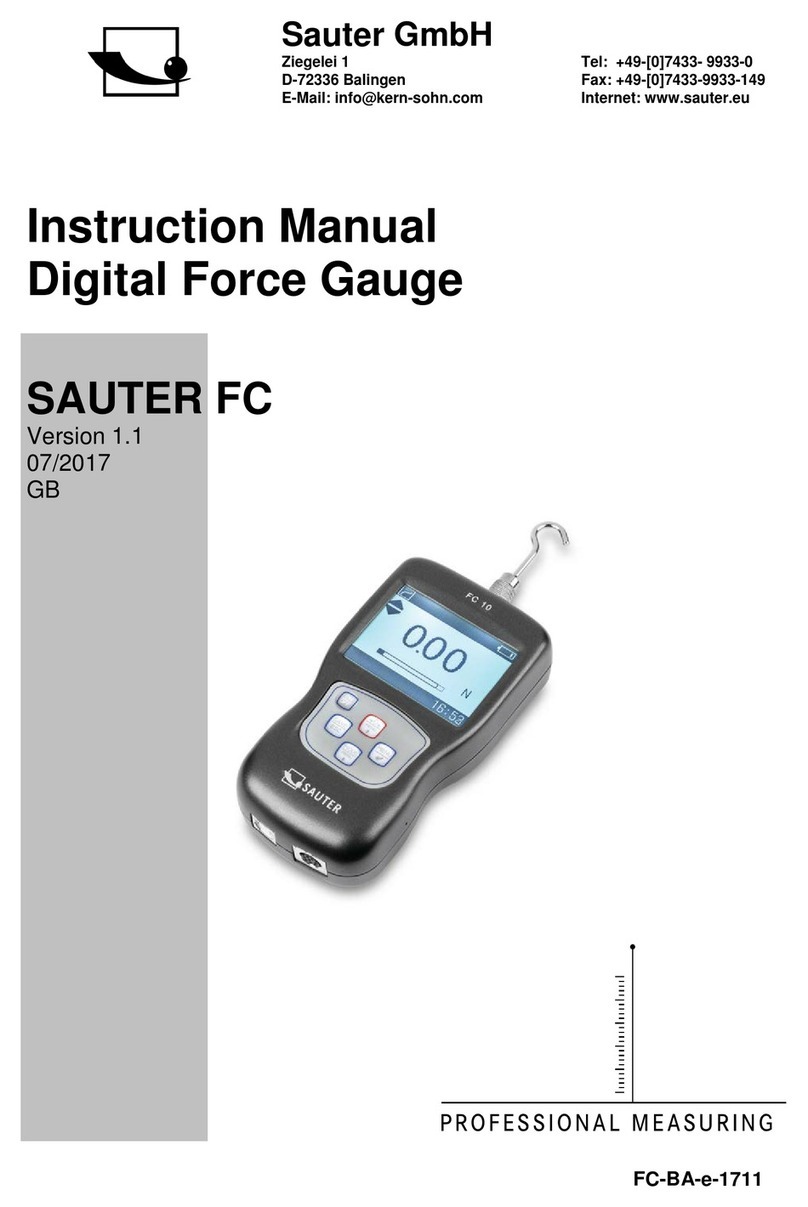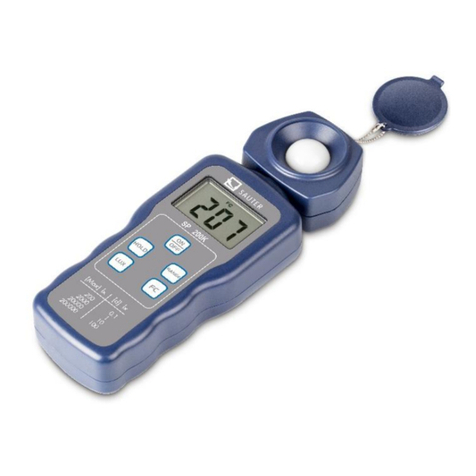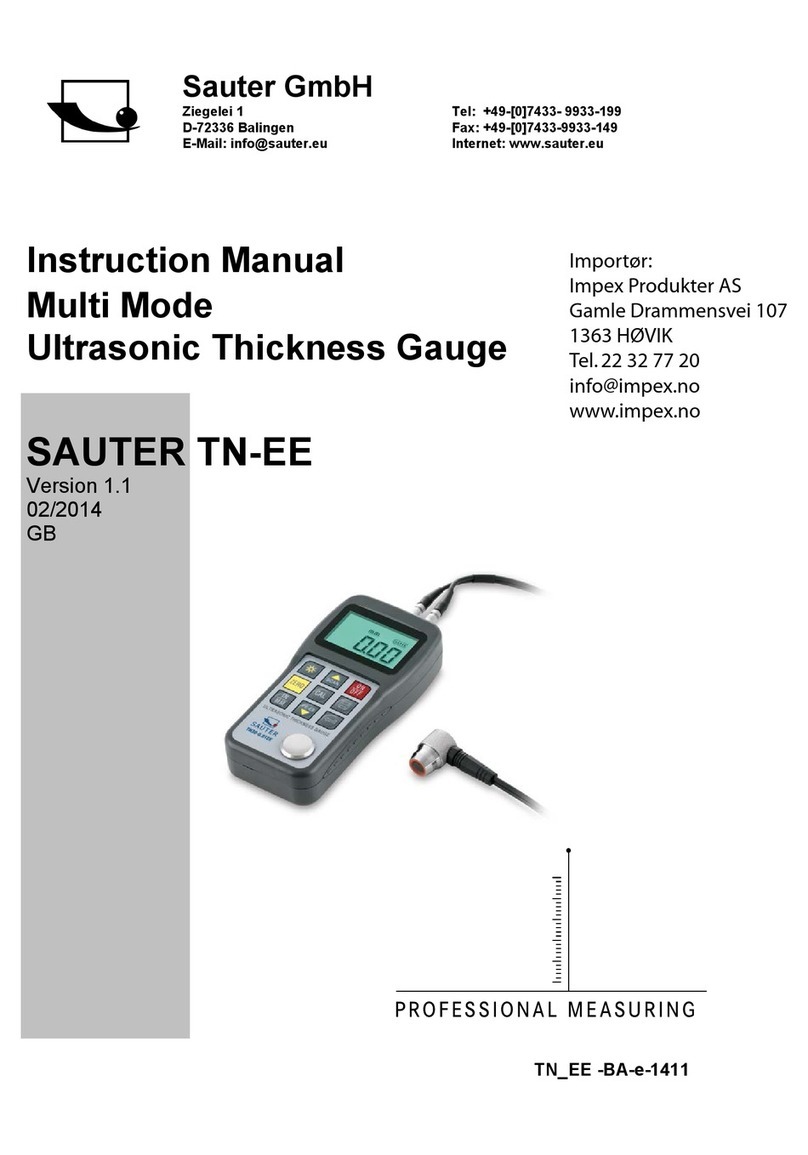sauter MFS-3202 User manual
Other sauter Measuring Instrument manuals
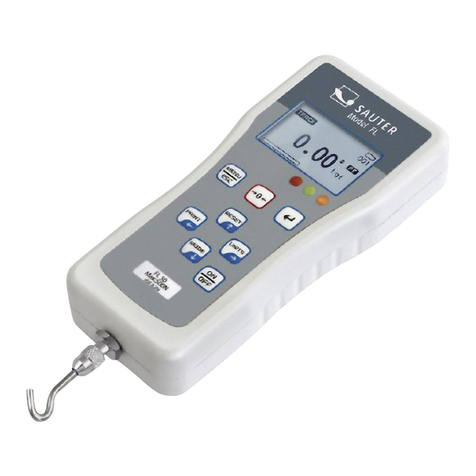
sauter
sauter FL User manual
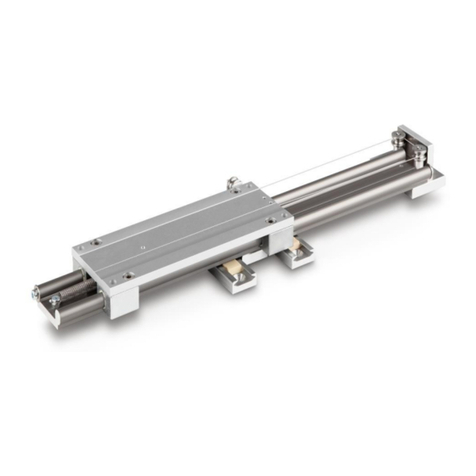
sauter
sauter TPE-N User manual
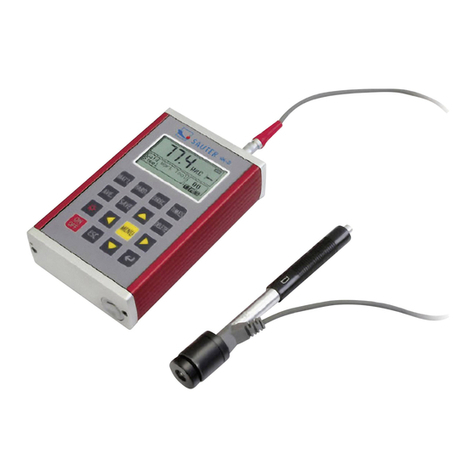
sauter
sauter HK-D User manual
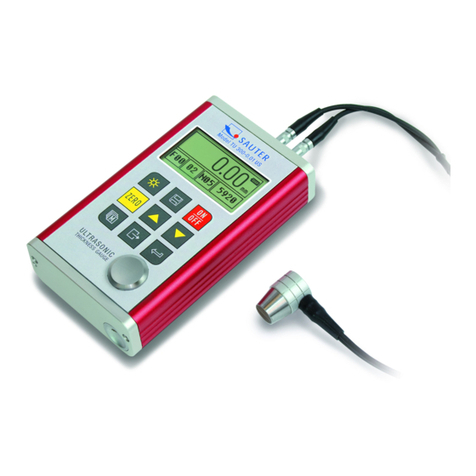
sauter
sauter TU-US User manual
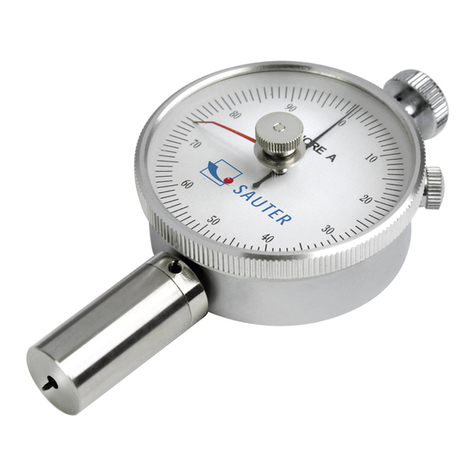
sauter
sauter HBA 100-0 User manual
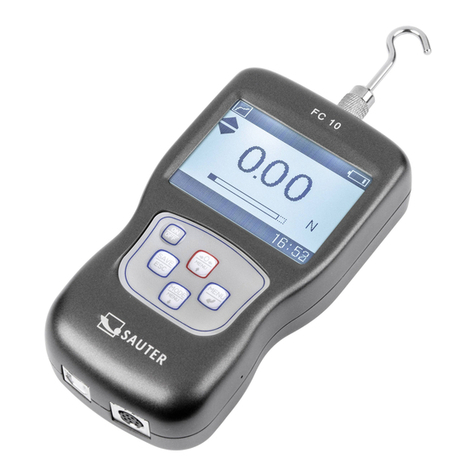
sauter
sauter FC User manual

sauter
sauter JCS 100 User manual

sauter
sauter TD 225-0.1US. User manual
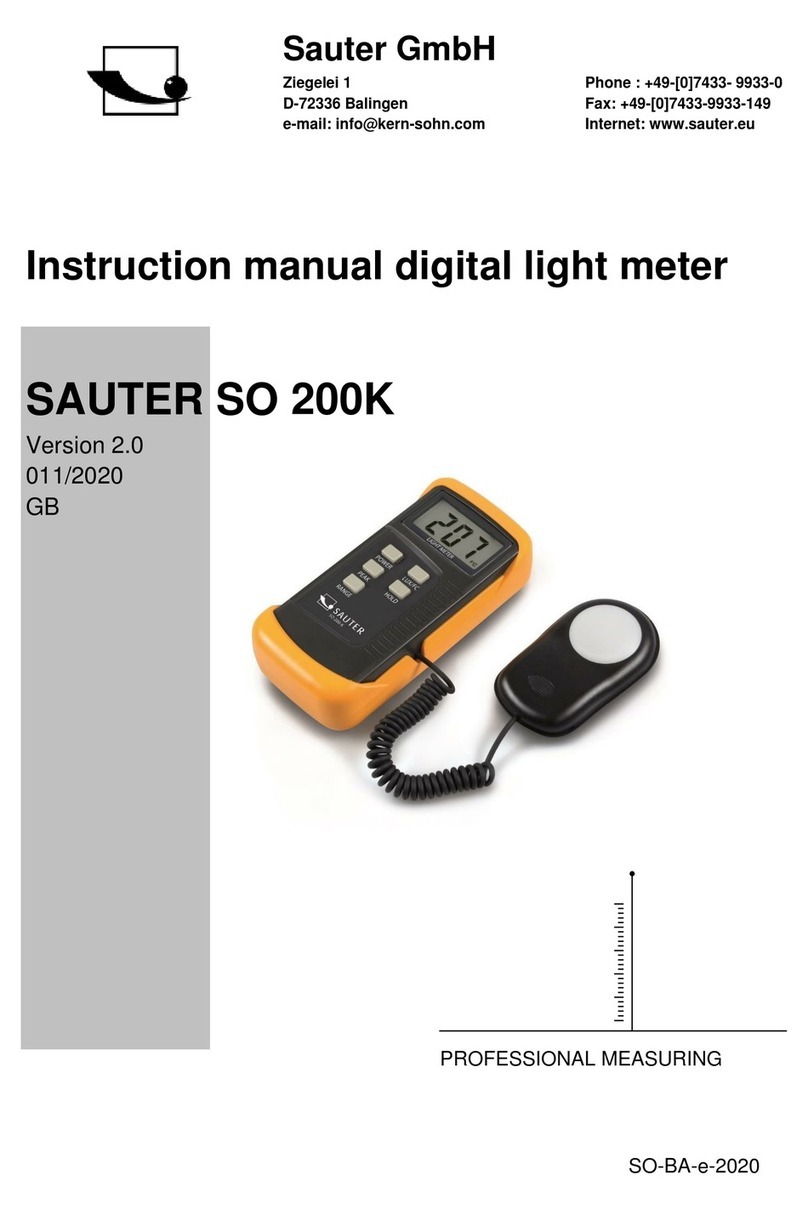
sauter
sauter SO 200K User manual
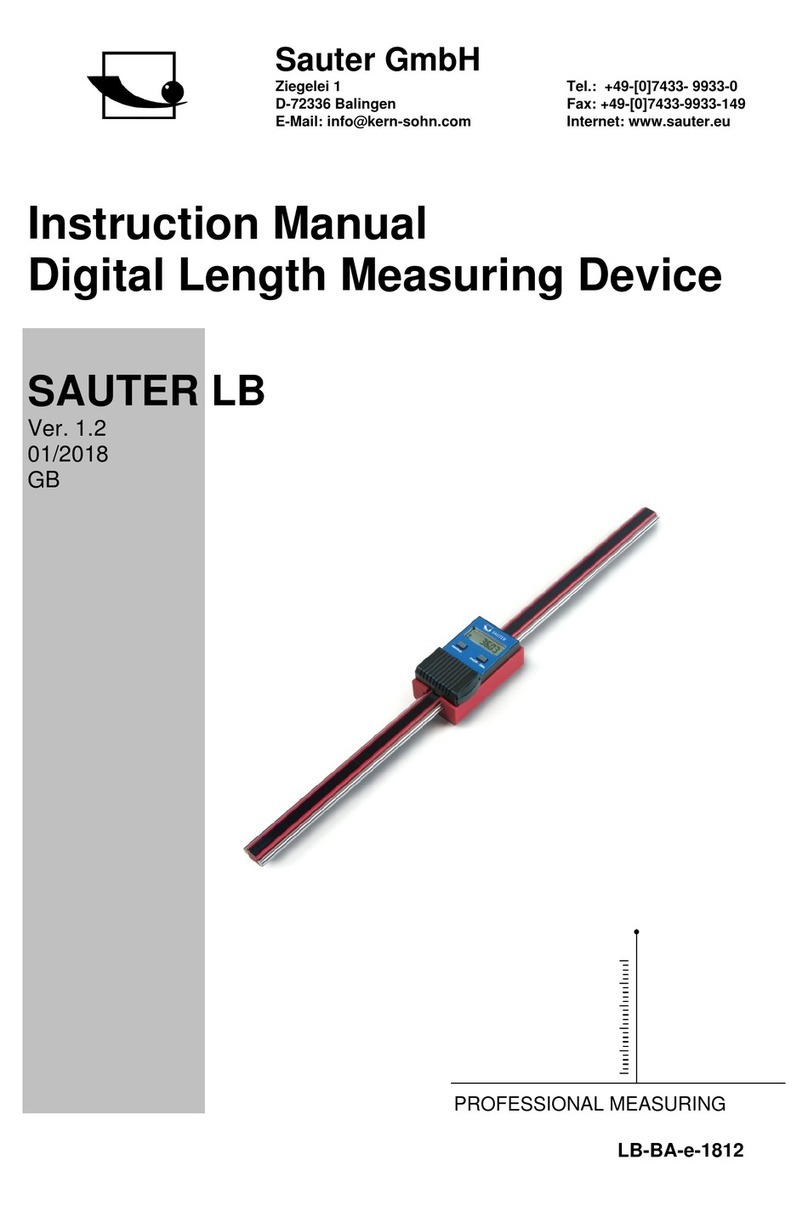
sauter
sauter LB User manual
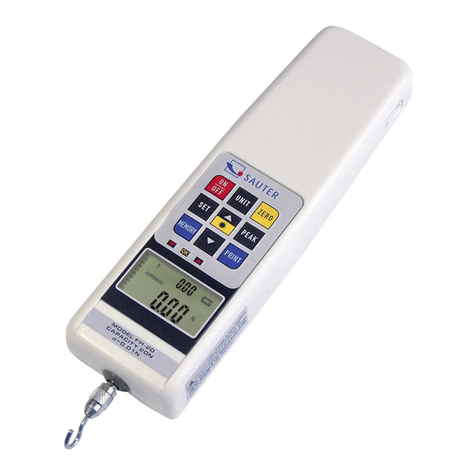
sauter
sauter FH-S User manual

sauter
sauter FK 10 User manual
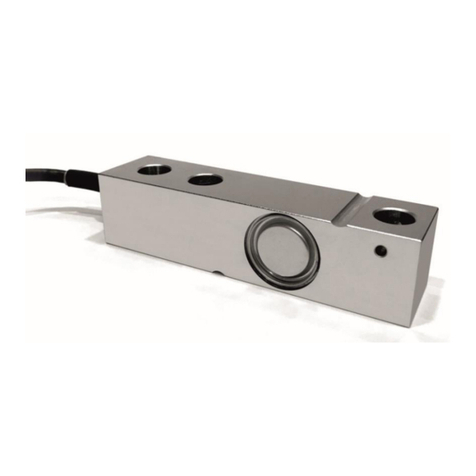
sauter
sauter CT Q1 User manual
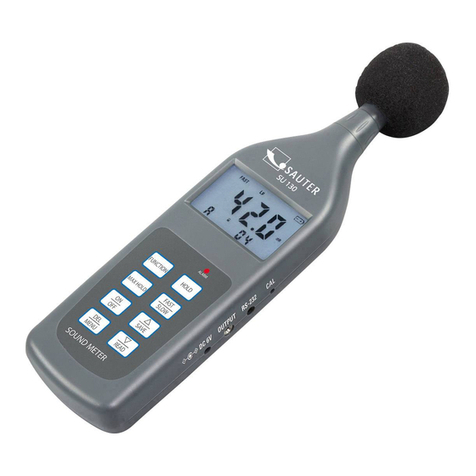
sauter
sauter SU User manual

sauter
sauter FC 10 User manual
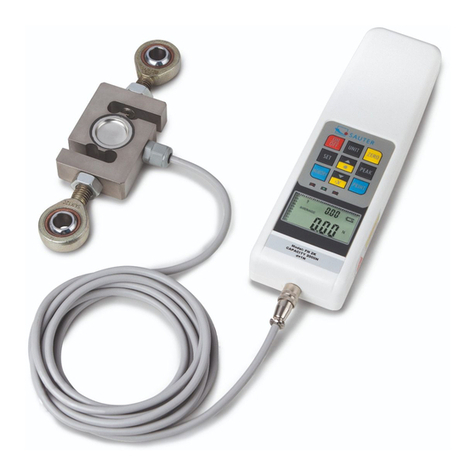
sauter
sauter FH-M 1 kN User manual

sauter
sauter TB-US User manual
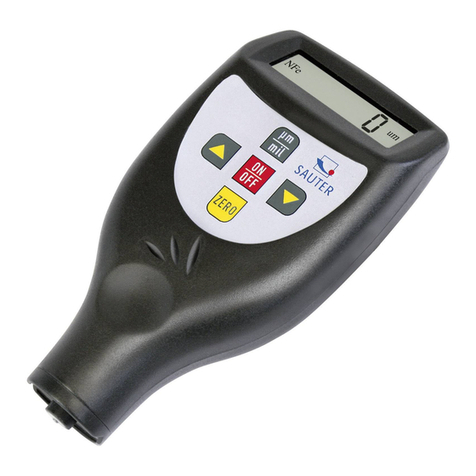
sauter
sauter SAUTER TE SERIES User manual

sauter
sauter SAUTER TG User manual
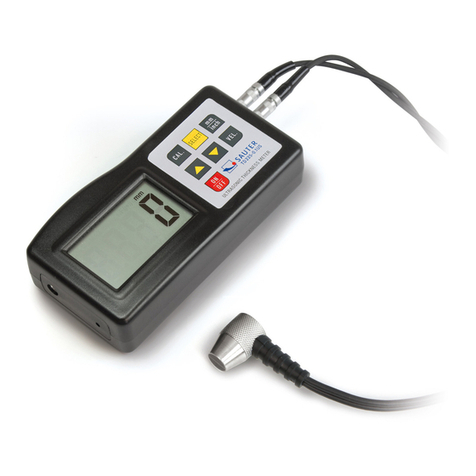
sauter
sauter TD GOLD 40 User manual
Popular Measuring Instrument manuals by other brands

Powerfix Profi
Powerfix Profi 278296 Operation and safety notes

Test Equipment Depot
Test Equipment Depot GVT-427B user manual

Fieldpiece
Fieldpiece ACH Operator's manual

FLYSURFER
FLYSURFER VIRON3 user manual

GMW
GMW TG uni 1 operating manual

Downeaster
Downeaster Wind & Weather Medallion Series instruction manual

Hanna Instruments
Hanna Instruments HI96725C instruction manual

Nokeval
Nokeval KMR260 quick guide

HOKUYO AUTOMATIC
HOKUYO AUTOMATIC UBG-05LN instruction manual

Fluke
Fluke 96000 Series Operator's manual

Test Products International
Test Products International SP565 user manual

General Sleep
General Sleep Zmachine Insight+ DT-200 Service manual

